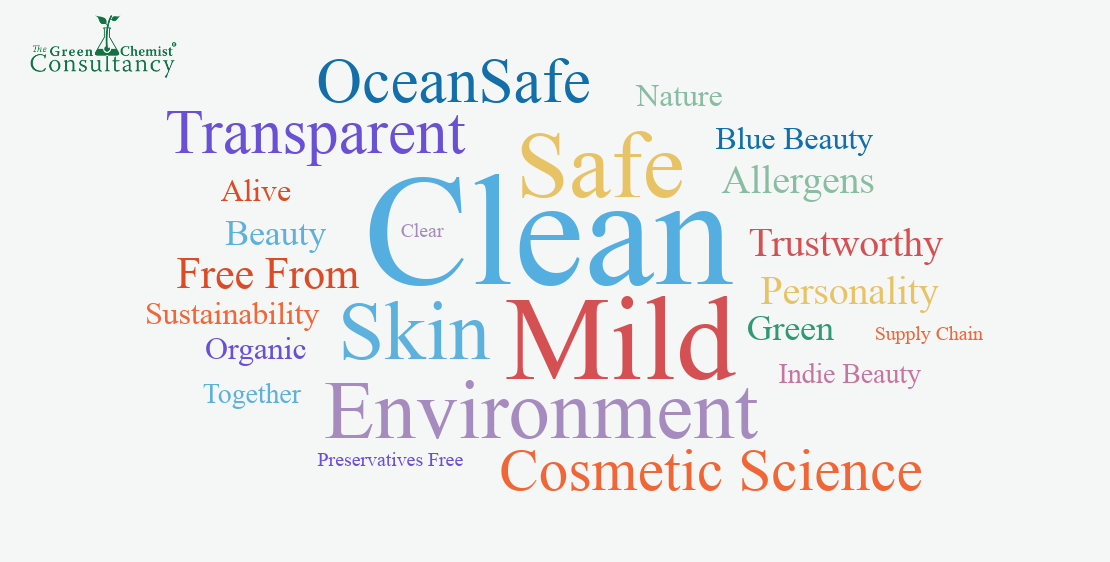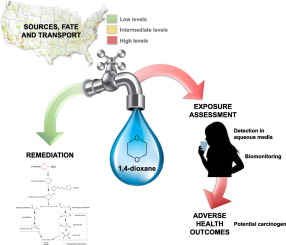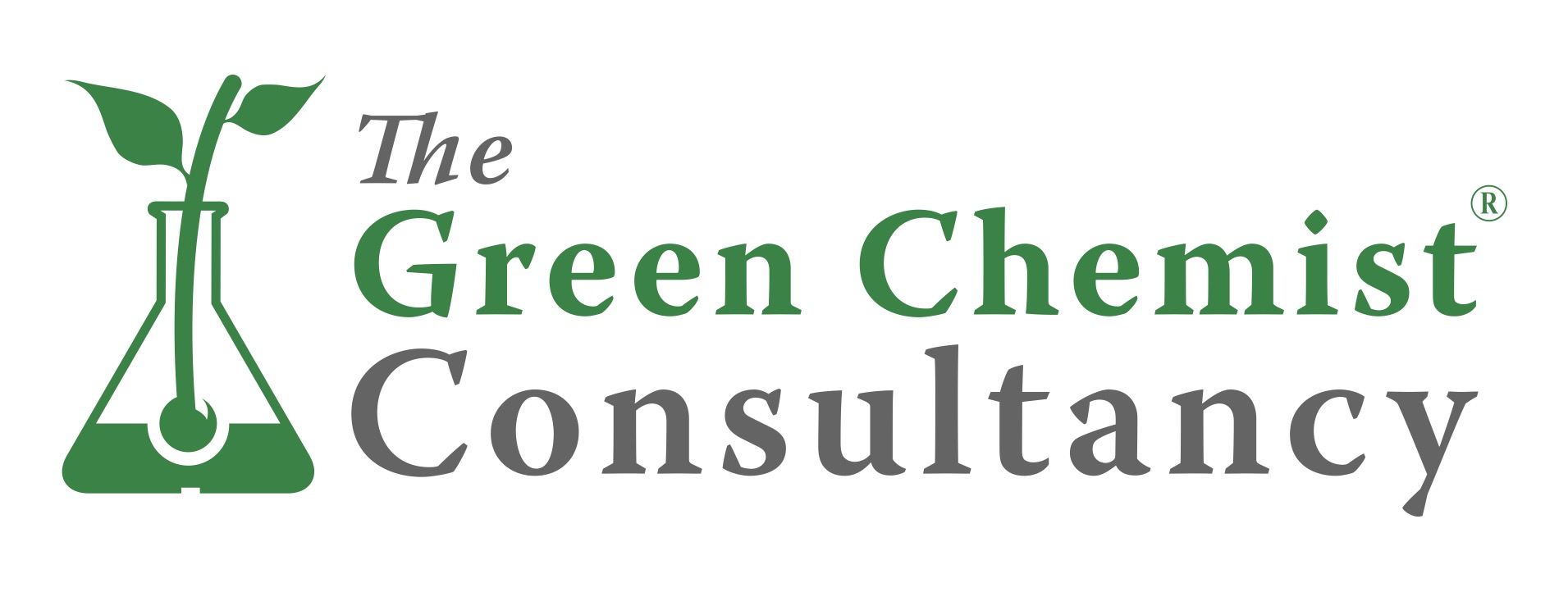
Clean beauty has become such a buzz word today, yet there are many takes on how to go about it and what it is. Here is my view on the story and meaning of clean beauty.
How clean beauty started – human evolution and free from
Clean beauty started out of the concern about beauty products mildness and safety. Ren Skincare was the first beauty brand that tapped into this concern communicating it with a clear and simple message ie free from x, y and z ingredient (at the time it was parabens, propylene glycol, sulfates…) which then turned into No x, y, and z. A few years back, before they got acquired, Ren released a viral video about being at ease in your skin and with the message ren means clean in another language. In my opinion Ren was the first brand to associate clearly the concept of clean with mildness and extra safety with the free from message.
Ren tapped into this concern, but where did it come from? In my opinion it came from the fairly recent habit of applying so many beauty products on our skin. Our ancestors did not use cosmetics at all, or very little. There were healing balms or salves and the perfumes for the fortunate few. Now we are really lucky because we live longer and we are spoiled for choice of products to use on our skin. This means that for the first time in human evolution our skin is exposed to a great variety of cosmetic ingredients and substances. Some of them natural, some natural derived, some synthetic. This change of lifestyle and habit has lead to an increase in skin reactions. For example a study in Denmark published that nearly 60% of women and 34% of men had at least a skin reaction in their lifetime.
The most common causes of skin reactions are:
-preservatives
-fragrance (either natural or synthetic)
-dyes (hair dyes)
On top of skin reactions, there has also been the concern about long term side effects of some preservatives and hormone disrupters, such as parabens (some, not all of the parabens), suspected to promote the growth of breast cancer. Unfortunately even though the European authorities asked for additional data on the parabens absorption through the skin, the data never came. In the end, out of the precautionary approach, the European authorities ended up banning the use of the parabens of concern.
Parabens became very famous and the “bad guy” to avoid, especially in the USA where they are still allowed today as they have a different approach to safety evaluation. The free from parabens claims is probably the most common cosmetic claim used today, however please beware that it does not mean the product is natural, but simply it does not contain any added paraben.
Clean beauty evolution: the Blue Planet catalyst and the rise of Blue Beauty
The Blue Planet documentary was such an eye opener onto the beauty of sea life and the devastating effects of plastic pollution. To me this has been the most disruptive catalyst of this century, leading to rethinking how we use and dispose of plastic packaging.
Ren saw this and was quick at responding to the demand for responsible beauty, involving packaging too. In fact Ren changed its core message to “clean to skin, clean to planet”. They also partnered with Terracycle and introduced a few interesting initiatives such as:
–recycled bottles made with 20% marine plastic
-recyclable pump dispensers
The Blue Planet documentary revealed what was visible with the naked eye in terms of plastic pollution, however there is another side to plastic pollution: microplastic. Microplastic develops from plastic erosion leading to the formation of tiny solid particles. ECHA defines it as a solid made of synthetic polymer which is non biodegradable and less than 5mm in size. The danger of micro-plastic is that once in the environment it is practically impossible to eliminate and it ends up in the food supply chain. For this reason ECHA is now working on restricting cosmetic ingredients falling into this category (for examples carbomers and acrylates) and we shall see in the next year or so some official legal restrictions. The UK Marine Conservation Society is also doing a campaign about microplastics.
Another invisible danger coming from cosmetics into the seas and oceans are some UV filters. Oxybenzone was found in shallow water near reefs. Even if some argues that the concentration is really small, ie parts per millions and parts per billions, the scientists argue that they still promote bleaching by promoting viral infections.
As more studies like this came out, Hawaii decided to become the first state in the USA to ban the use of UV filters such as oxybenxone and octinoxate (the INCI names to watch on the label are BENZOPHENONE-
This has lead to the birth of a new claim, ie “coral reef safe” or simply “reef safe” however there is no validated method available today to verify this is the case. We need more research to evaluate the impact of products ending up in the seas and oceans.
1,4 dioxane: cleaning beauty up
There is another example of how pollutants we release into the environment can come back to us in a different way. 1,4 dioxane is a residue found in many cosmetic ingredients, such as PEGs, SLES, polysorbates. It is not mentioned on the label as it is left behind form the manufacturing process of ethoxylated cosmetic ingredients. Once it ends up in the drains and water purification systems which were designed some time ago, it will not be removed from the purified water, it will end up in tap water. Because the EPA (the US Environmental Protection Agency) classifies 1,4 dioxane as a potential carcinogen, New York State has taken the drastic decision to restrict personal care products content of 1,4 dioxane to a few ppm (parts per million) via a bill
Even if this bill applies to New York State, it will have quite an impact in the industry as it does not make sense to have a different formula just for New York. it will certainly make the beauty industry cleaner for the environment!

1,4 dioxane is a residue in cosmetic ingredients such as PEGs, SLES, polysorbates
Find your clean beauty – less is better
The skin, your skin is still a wonder and a mystery, with its incredible functions and unique way of reacting to cosmetic ingredients, stress, light. The skin is not just a source of beauty, but also of health and wellbeing, and we have certainly improved the way our ancestors took care of it. The key now is to find the balance using less and higher quality beauty products in order to manage our exposure and environmental pollution.
Always read the label!
A special thanks to dr Laura Busata from Unifarco for digesting and sharing the research articles on the effect of UV filters on marine life.
Copyright 2020 Organatural Ltd. No representation or warranty is made as to the truth or accuracy of data, information or opinions contained herein o as to their suitability for any purpose, condition or application. None of the data, information or opinions herein may be relied upon for any purpose or reason. Organatural disclaims any liability, damages, losses or other consequences suffered or incurred in connection with the use of the data, information or opinions contained herein. In addition, nothing contained herein shall be construed as a recommendation to use any products in conflict with existing patents covering any material or its use.

